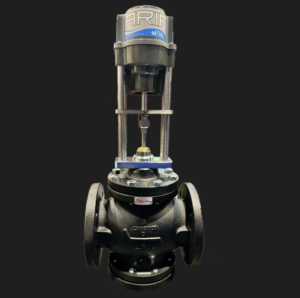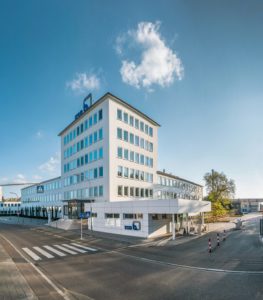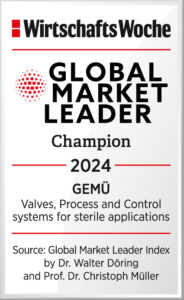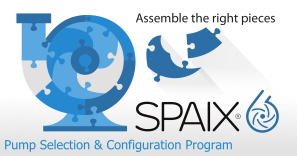KSB Group Records Double-Digit Order Growth
As a provider of pumps, valves and systems, KSB was able to profit in 2005 from a generally good order situation in the energy sector, and from rising demand for industrial and process engineering products.
Market development was particularly encouraging in the emerging Asian economies, as well as in Eastern Europe and the Middle East.
In addition, the booming raw materials sector lifted demand for slurry pumps. The development of demand in Western Europe, an important market for KSB, remained sluggish in 2005. International plant engineering contractors and power stations were two of the main sources of orders here.
Strong order and sales revenue growth
The KSB Group increased its order intake by € 173 million year-on-year to € 1,466.6 million. This 13.4 percent growth was driven primarily by increased project business in the energy sector and industry. In addition to contracts to equip and modernize power plants, the focus was on projects in chemicals and petrochemicals. Order intake for mining pumps also showed encouraging development.
The growth in the order volume also reflects the first-time consolidation of seven KSB companies. Excluding these companies, order growth in the Group would have amounted to 11.0 percent.
With an increase of 9.8 percent (7.6 percent excluding newly consolidated companies), sales revenue in the Group was lower than order intake because of the longer-term nature of the project business. Europe again recorded the strongest sales revenue, while the Regions Asia/Pacific and Americas posted the highest sales growth rates. The two consolidated companies in the Middle East/Africa Region also reported strong sales revenue growth.
2004 Group earnings exceeded
Despite the costs incurred for the KSB Structural Programme running into the double-digit millions - which are borne primarily by KSB AG - the Group will increase its 2005 pre-tax earnings. KSB recorded Group earnings of € 22.1 million for the previous year.
Implementation of the Structural Programme
The Efficiency Enhancement Programme will achieve savings of around € 100 million by the end of 2006. This will more than offset cost increases. The personnel measures within the scope of this programme, which is focused on Europe, are being implemented through partial and early retirement programmes.
To improve the competitiveness of the factories in Europe, KSB is in the process of restructuring its manufacturing facilities and introducing a more flexible production system. Production units at four locations in Germany and France have already started shifting to this new system. The main focus is on just-in-time production logistics with synchronized manufacturing processes. These aim to increase productivity and cut inventories.
Workforce changes
The KSB Group had 12,944 employees at the end of financial year 2005. This represents an increase of 477 employees compared with the previous year, of whom 358 are attributable to the newly consolidated companies. The KSB subsidiaries in Brazil, India and the USA have also expanded their workforces in the current year in line with order growth.
Outlook
As things stand today, the economic upturn looks set to continue this year. Asia, led by China, remains the most important growth region. In addition to further projects in power plant construction and in chemicals and petro-chemicals, developments in the raw materials sector, water management and liquefied gas transport lead us to anticipate good growth in demand.
KSB expects to take an appropriate share of the forecast 4 percent market growth. At a minimum, order intake in the Group is to reflect the rate of market growth. Because of the very good order intake in 2005, consolidated sales revenue is likely to exceed this growth rate.
Based on the sales revenue growth and the savings from the Efficiency Enhancement Programme, KSB expects to further improve its earnings this year. However, Group earnings will still be impacted in particular by the costs of introducing the new production system.
Source: KSB SE & Co. KGaA







